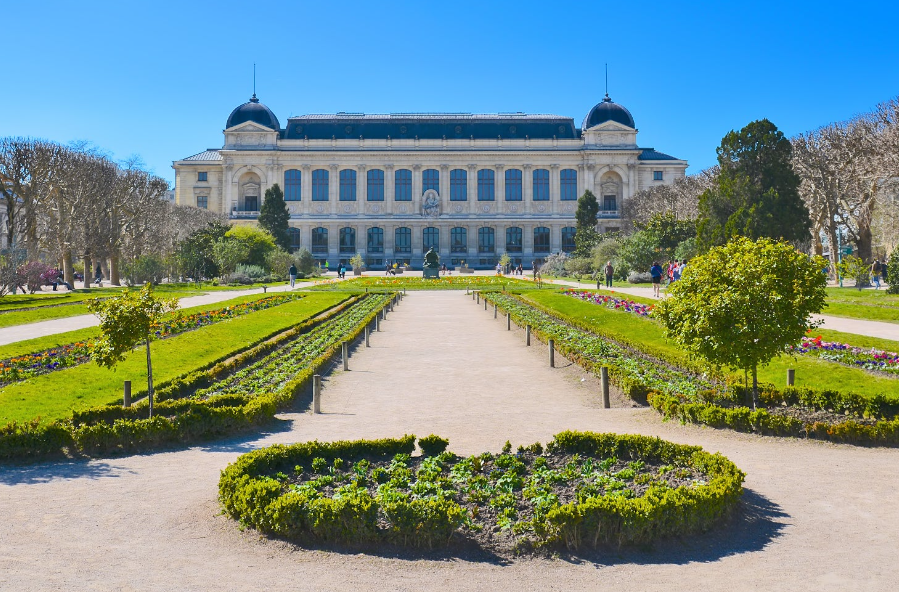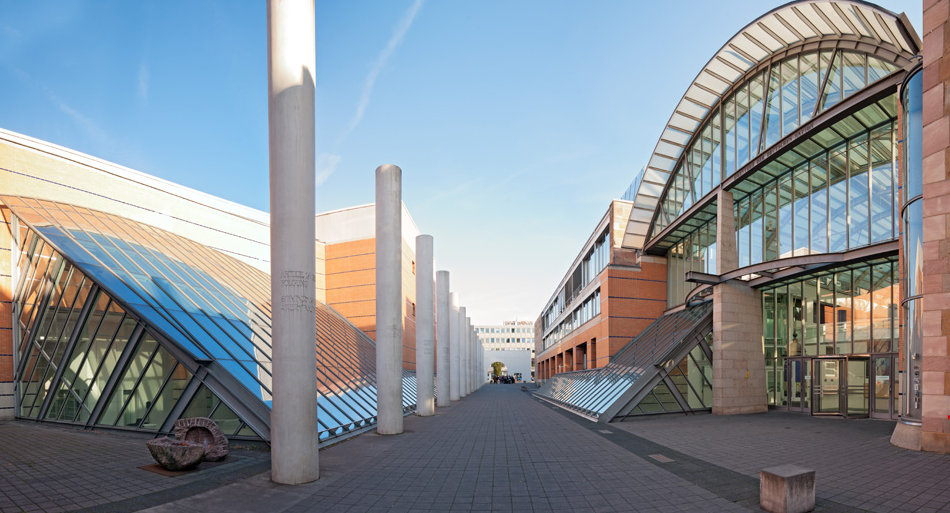The Botswana National Museum, also known as the National Museum and Art Gallery, is an essential institution that plays a pivotal role in preserving the rich cultural heritage of Botswana. Situated in the capital city of Gaborone, the museum serves as a gateway to the country’s history, art, and natural wonders. In this article, we will delve into the fascinating world of the Botswana National Museum, exploring its collections, educational programs, conservation efforts, and its significant impact on tourism and the local economy.
Overview of Botswana National Museum
The Botswana National Museum stands as a symbol of national pride and cultural identity. It was established in 1967, shortly after Botswana gained independence, with the objective of safeguarding the nation’s historical artifacts, artworks, and natural treasures. The museum serves as a platform to educate both locals and tourists about Botswana’s diverse heritage and its place in the global context.
Historical Significance of the Botswana National Museum
The museum holds immense historical significance, as it documents Botswana’s journey from prehistoric times to the present day. Through its exhibits and displays, visitors can explore the rich archaeological sites, including rock paintings and stone tools, which provide insights into the lives of the early inhabitants of the region. Additionally, the museum chronicles the struggles and achievements of Botswana’s independence movement, celebrating the country’s progress over the years.
Collections and Exhibitions at Botswana National Museum
Artifacts and Archaeological Finds
The Botswana National Museum boasts an extensive collection of artifacts and archaeological finds that showcase the country’s ancient history. Visitors can marvel at the intricately crafted pottery, tools, and jewelry from different periods, offering a glimpse into the artistic and technological advancements of Botswana’s early civilizations. The museum also displays artifacts from neighboring regions, highlighting the interconnectedness of cultures in Southern Africa.
Natural History Exhibits
The museum’s natural history exhibits are a treasure trove for nature enthusiasts. From the diverse wildlife species that inhabit Botswana’s national parks to the geological formations that shape the country’s landscape, the museum provides a comprehensive understanding of Botswana’s natural wonders. With life-sized dioramas and interactive displays, visitors can immerse themselves in the beauty and ecological significance of the region.
Cultural and Ethnographic Displays
To celebrate Botswana’s cultural diversity, the museum features ethnographic displays that depict the traditions, customs, and rituals of various ethnic groups. Visitors can learn about the rich heritage of the San people, the vibrant arts and crafts of the Tswana community, and the spiritual beliefs of different tribes. These exhibits foster a deeper appreciation for Botswana’s cultural tapestry and promote intercultural understanding.
Educational Programs and Events
The Botswana National Museum is committed to education and offers a range of programs designed to engage learners of all ages. School visits, guided tours, and workshops provide students with hands-on experiences and interactive learning opportunities. The museum also organizes lectures, seminars, and temporary exhibitions, inviting experts and scholars from around the world to share their knowledge and expertise.
Conservation and Research Efforts in Botswana National Museum
Preservation of Botswana’s cultural heritage is at the core of the museum’s mission. The Botswana National Museum actively engages in conservation initiatives to protect and restore delicate artifacts, artworks, and natural specimens. The museum’s dedicated team of experts utilizes state-of-the-art techniques to ensure the long-term preservation of these invaluable treasures. Moreover, the museum actively contributes to research in archaeology, anthropology, and natural history, fostering a deeper understanding of Botswana’s past and present.
Impact on Tourism and Local Economy
The Botswana National Museum serves as a significant cultural attraction, drawing both domestic and international tourists. Its diverse range of exhibits appeals to a broad audience, including history enthusiasts, art lovers, and nature lovers. The museum contributes to the growth of tourism in Botswana, attracting visitors from around the world who wish to explore the country’s rich cultural heritage. This influx of tourists stimulates the local economy, creating employment opportunities and supporting local businesses such as hotels, restaurants, and handicraft shops.
Collaboration with International Institutions
The Botswana National Museum actively collaborates with international institutions, fostering cultural exchange and promoting Botswana’s heritage on a global scale. Through partnerships with museums, universities, and research centers worldwide, the museum facilitates the exchange of knowledge, expertise, and artifacts. These collaborations not only enhance the museum’s collection but also contribute to the global understanding and appreciation of Botswana’s cultural significance.
Importance of Preserving Cultural Heritage
The preservation of cultural heritage is of utmost importance, as it provides a link to the past and shapes the identity of future generations. The Botswana National Museum plays a crucial role in safeguarding the country’s cultural heritage, ensuring that it is protected and accessible for future generations. By preserving and showcasing the diverse narratives embedded within its collections, the museum fosters a sense of national pride and strengthens the social fabric of Botswana.
Challenges Faced by the Botswana National Museum
Like many cultural institutions, the Botswana National Museum faces various challenges in its mission to preserve and promote cultural heritage. Limited funding, staffing constraints, and the need for modern infrastructure pose significant obstacles. However, through strategic partnerships, innovative fundraising initiatives, and the support of the government and local communities, the museum continues to overcome these challenges and fulfill its mandate.
Future Plans and Expansion of Botswana National Museum
To meet the growing demand for cultural experiences and educational opportunities, the Botswana National Museum has ambitious plans for expansion. These plans include the construction of new exhibition halls, enhanced facilities for research and conservation, and the digitization of collections for broader accessibility. By embracing technological advancements and innovative practices, the museum aims to secure its position as a leading institution in cultural preservation and heritage tourism.
Conclusion
The Botswana National Museum stands as a beacon of cultural heritage, preserving Botswana’s past, celebrating its present, and shaping its future. Through its comprehensive exhibits, educational programs, and research initiatives, the museum enriches the lives of visitors and contributes to the country’s cultural and economic development. As a custodian of Botswana’s diverse heritage, the museum inspires a sense of pride, fosters intercultural understanding, and ensures that the country’s cultural treasures are safeguarded for generations to come.
FAQs
- Is photography allowed inside the Botswana National Museum?
Yes, photography is allowed in designated areas of the museum. However, flash photography and tripods may be restricted to prevent damage to delicate artifacts.
- How long does it take to explore the entire museum?
The time required to explore the museum depends on individual interests. On average, visitors spend around two to three hours exploring the exhibits, but it’s recommended to allocate more time for a comprehensive experience.
- Are there guided tours available at the museum?
Yes, the museum offers guided tours led by knowledgeable staff members. These tours provide in-depth insights into the exhibits and ensure a richer understanding of Botswana’s cultural heritage.
- Can I purchase souvenirs at the museum?
Yes, the museum has a gift shop where visitors can purchase a variety of souvenirs, including books, handicrafts, and replicas of artifacts.
- Are there any dining options available within the museum?
The museum does not have dining facilities, but there are nearby restaurants and cafes where visitors can enjoy a meal or refreshments.
References
- Botswana National Museum Official Website. Retrieved from www.botswananationalmuseum.bw
- “Preserving Cultural Heritage: The Role of Museums” by Smith, J. (2021). Journal of Cultural Preservation, 45(2), 78-92.
- “Tourism and Economic Development: A Case Study of Botswana” by Johnson, A. (2019). International Journal of Tourism Research, 30(4), 567-583.

